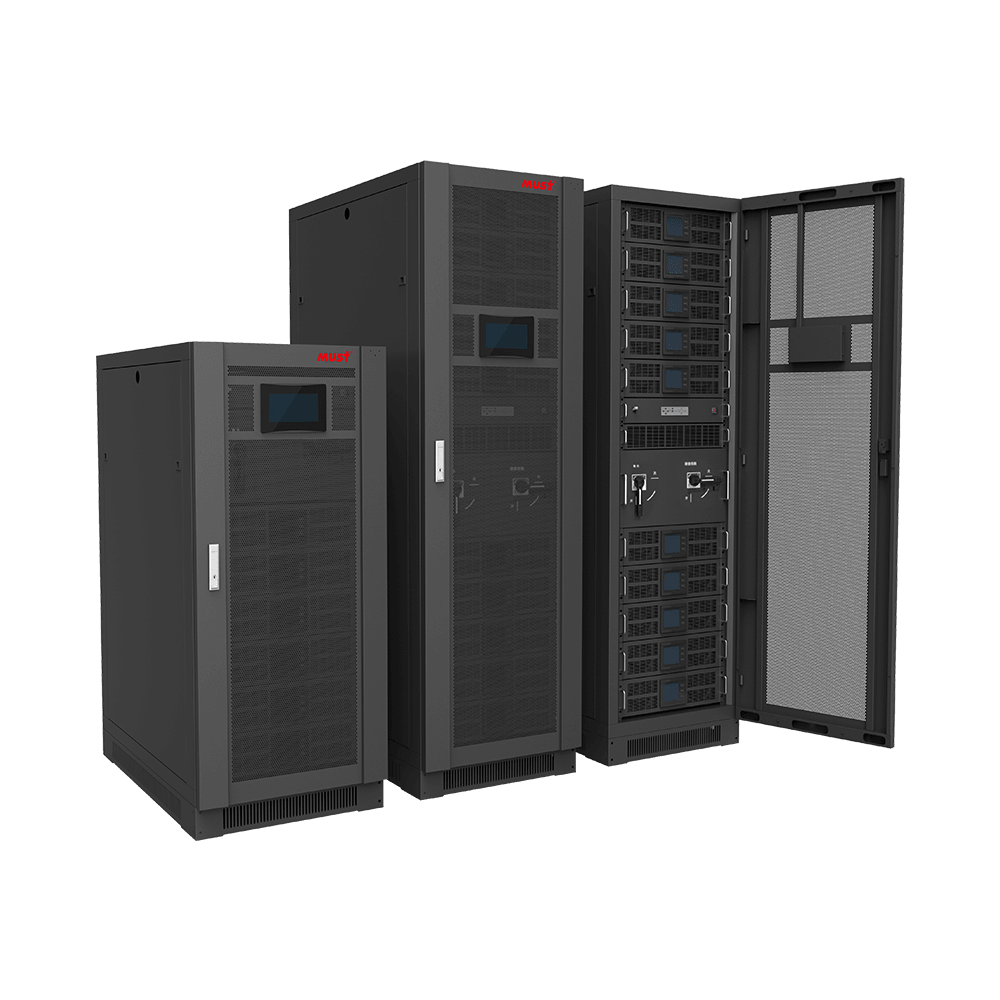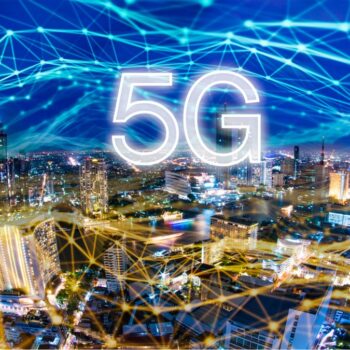The UPS as an 5G and IoT device
The 5G standard is truly a game-changer; its speed, latency and connection densities are such significant improvements over 4G that entirely new applications that simply weren’t previously viable now become possible. Remote surgery and driverless cars are good examples; both depend critically on the instant, no-latency response that only 5G can provide.
Emerging opportunities like these owe much to IoT growth as well as 5G’s promise. The IoT includes high volumes of geographically-distributed devices that will benefit hugely from 5G-enabled communications capability.
The above predictions for 5G indicate a proliferation of small and very small data centres – but these data centres, however small, must be just as reliable as the best of their larger counterparts.
Implications for UPSs
In core and regional data hubs, availability requirements will likely remain the same or increase as 5G brings new services and more data. AC and DC UPSs will continue to be the foundation for ensuring uninterrupted services in these facilities.

The intelligent controls integrated into today’s UPS systems now enable these systems to respond to changes in incoming power quality and demand to maximize energy efficiency. At the same time, increased connectivity and advanced analytics are supporting new service paradigms that enable condition-based and predictive maintenance to reduce service costs and minimize the risk of unplanned downtime.
Shifting to smaller spaces (<10x rack spaces), including micro colocation sites at the edge, there will often be varying levels of redundancy and availability required depending on the applications deployed and coinciding with redundancy within the network itself.





